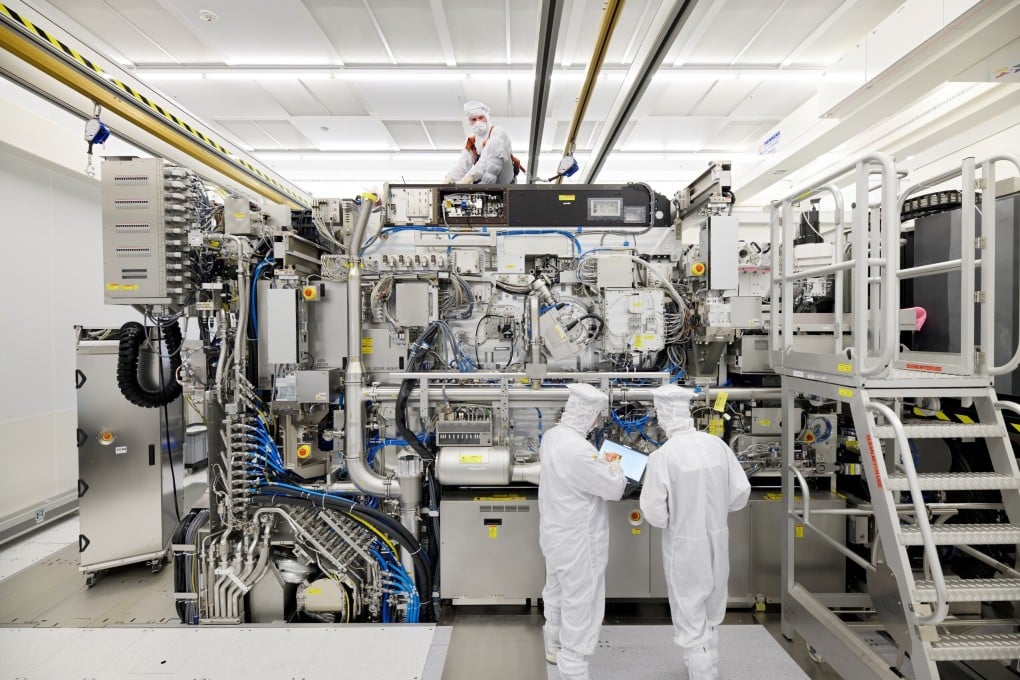Can China’s fledgling semiconductor industry rescue Huawei from tighter US tech sanctions?
- Huawei has stockpiled enough 5G base station chips to last until the first half of 2021
- SMIC announced a plan last month to raise US$2.8 billion via a secondary offering on the Shanghai Stock Exchange to fund new projects

It boasts some of the highest scores for math and science students, produces brilliant scholars in fields such as quantum computing and AI, and will soon launch a probe destined for Mars. Yet China remains well behind in semiconductors, the enabling technology behind many of these achievements.
Despite recent moves to achieve greater self-sufficiency in strategic areas of technology, semiconductor design and production remains a complex business, requiring decades of research and development to advance. Meanwhile, the US just turned up the heat.

01:36
Chinese engineers from Huawei, China Mobile build world’s highest 5G base station on Mount Everest
With the US effectively shutting the door on foreign chip suppliers that employ US technology to design or produce semiconductors for Huawei, can domestic Chinese firms step in and meet its needs?
“Huawei has no domestic substitutes for chipmaking in the short term,” said a Shanghai-based economist and an industry observer, requesting anonymity due to the sensitive nature of the discussion. “It would take not only money but require joint efforts of generations of engineers and scientists slogging away at basic scientific research to make progress in the semiconductor sector.”
Analysts said Huawei’s immediate priority is to make the most of a 120-day grace period until September to stock up on “strategic inventory”, a similar strategy to the one it used after first being put on Washington’s trade blacklist in May 2019.